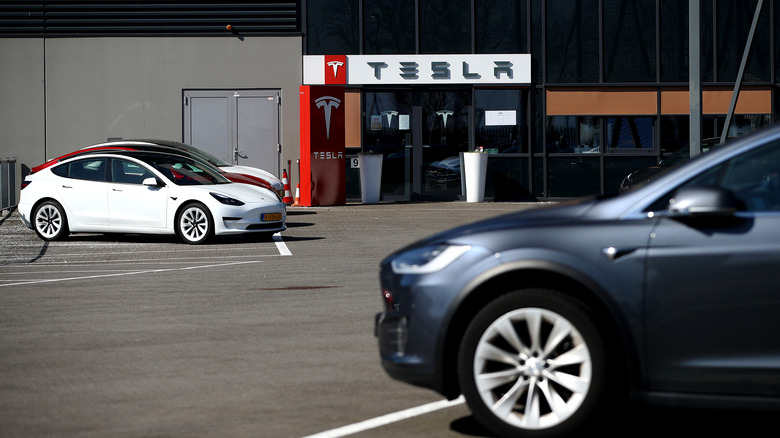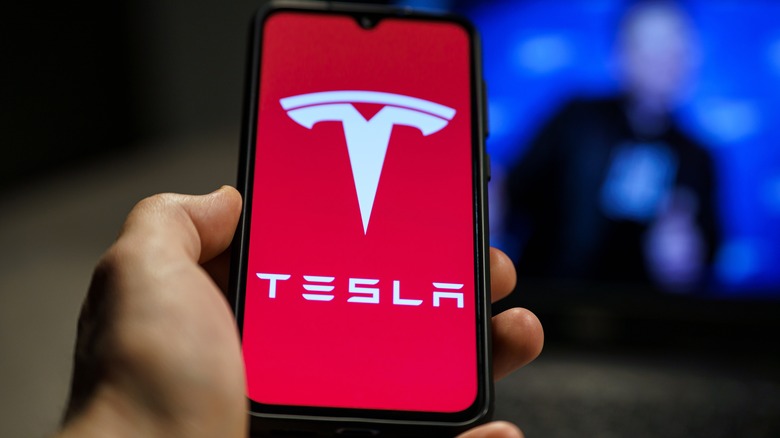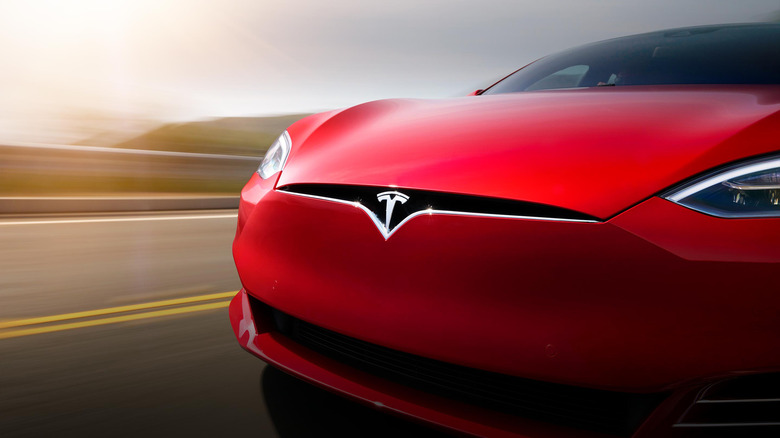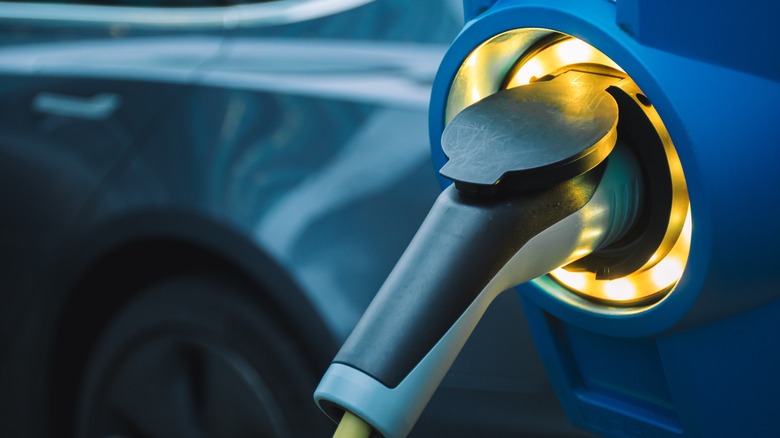The Big Myth About Tesla You Need To Stop Believing
Chances are if you are a Tesla owner, your driving routine may include funding charging stations. Understandably, the last thing you want is to be stranded with a dead battery. However, you may be surprised to know that Tesla owners make long-distance trips all the time. Whether they are driving from San Francisco to Los Angeles or attempting an epic trip from North Carolina to Texas, Tesla owners are doing it, and in many cases documenting it along the way. It might take slightly longer, and requires extra planning but in return, they get to go on an environmentally friendly trip that costs way less.
If the countless reviews, YouTube videos, and blogs on the internet, are anything to go by, Taking a Tesla road trip is just fine.
Plan Before You Drive
Before you head out on your road trip, you will need to do some planning around charging stations on your route. Luckily, Tesla owners have access to an ABRP (A Better Route Planner) tool that tells owners where the nearest charging stations are and the best route to use to get there (via Tesla).
Drivers can use a touchscreen or mobile device to input their speed, road conditions, how heavy their luggage, and how much charge they have to plan the best route. Depending on the model you drive, the app will also show how long your car needs to charge at each station, the estimated length of the trip, and where you can find other destination charging stations. For example, if you key in that you need to travel from Charlotte, North Carolina, to New York, it will show five SuperCharger stations that are available on the way as well as the other charging stations if they are not convenient for you to reach.
You don't have to stop at each station, but Teslas charge faster when the battery is at a lower charge (via Tesla). So, if you want to be more energy-efficient, it makes sense to not fully charge your battery before setting out.
Get More Mileage
How far your Tesla will travel before needing to top up the battery will depend on the road and environmental conditions. To make it easy for users, there is a mobile app where you are able to monitor your energy usage on a touchscreen while you drive. It's essentially like having live diagnostics that show fluctuations as you drive and how they can affect your battery life. Because environmental and road conditions can vary wherever you are, every trip's range will be different. Factors such as speeding, inching through heavy traffic, uphill driving, and bad weather conditions tend to drain the battery more quickly.
According to Tesla, doing things like switching your braking systems from regenerative to standard, maintaining tire pressure, and having less cargo can all contribute to a better driving range. Once you have that data, you'll know what you need to do to avoid draining your battery, and you can drive for longer periods of time.
There is more power than you think
When it comes to charging, you get plenty of options when driving a Tesla, so you don't have to worry about running out of place to charge while on the road. You can either pay for charging at one of Tesla's 30,000 Supercharger stations worldwide or 1200 Supercharger stations in the U.S., or you can recharge at one of the thousands of level-2 destination charging stations owned by businesses such as hotels and property owners around the country (via Solar Reviews).
The difference between the two is that Supercharger stations are made with long-distance driving in mind. When you charge your Tesla there, your car is injected with a powerful 480-volt charge that lasts for hundreds of miles. They also charge quickly. In 15 minutes, you have enough to last 200 miles. While you can find them in every state, huge clusters are mostly found in California, New York, and Florida (via U.S. News). On the other hand, destination charging stations can take several hours to charge up your vehicle and are good for overnight trips at hotels or while you are eating at restaurants (via Tesla).
The best part about these stations is the price. You can charge up and drive for as little as nine dollars, which is much less than a tank of gas these days. Admittedly, however, even if gas-powered cars are expensive to drive, they are more convenient for road trips because you can fill-up your tank almost anywhere you go. But, with a little extra planning, a road trip with a Tesla can be just as fun.



